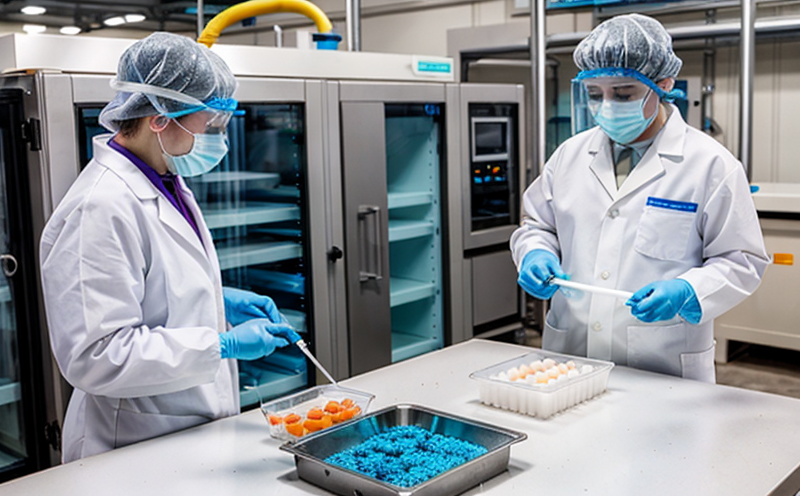ISO 18593 Surface Sampling Method for Microbial Contamination
The ISO 18593 standard provides a comprehensive method for the surface sampling of toys to detect microbial contamination. This procedure is essential in ensuring that toy products are safe for children and meet stringent quality and safety standards set by regulatory bodies worldwide.
Microbiological safety testing plays a crucial role in safeguarding public health, particularly when it comes to products intended for use by children. ISO 18593 specifies the sampling techniques, sample preparation methods, and analytical procedures required to identify potential microbial contaminants on toy surfaces. The standard ensures that manufacturers can consistently conduct tests that meet international standards.
The primary objective of this method is to provide a reliable means of detecting microorganisms such as bacteria and fungi that may be present on the surface of toys. By following the guidelines outlined in ISO 18593, laboratories can ensure accurate results which are critical for compliance with various regulations and industry standards.
The sampling process described by ISO 18593 involves several key steps including selecting appropriate sampling locations, preparing samples correctly, and ensuring proper storage conditions. Each step is designed to minimize contamination during the sampling procedure while maximizing the likelihood of detecting any existing microbial contaminants.
Once collected, samples are processed according to specified protocols before undergoing laboratory analysis using techniques such as culturing or molecular testing. These methods allow for identification of specific types of microorganisms and quantification of their levels on toy surfaces.
The results obtained from ISO 18593 surface sampling serve several purposes including verifying compliance with relevant regulations, providing valuable data to inform product development decisions, and offering insights into potential sources of contamination. Such information is vital for maintaining high standards throughout the manufacturing process.
By adhering to this internationally recognized standard, toy manufacturers can demonstrate their commitment to producing safe products that comply with global health and safety requirements. This not only protects consumers but also enhances brand reputation and fosters trust among parents and guardians who rely on these assurances when purchasing toys for their children.
Industry Applications
| Application Area | Description |
|---|---|
| Manufacturing Facilities | Ensures adherence to quality control measures during production processes. |
| R&D Laboratories | Supports research efforts aimed at improving product design and safety features. |
| Regulatory Compliance | Aids in meeting strict regulatory requirements imposed by various countries. |
| Safety Audits | Facilitates thorough inspections to ensure continuous compliance with relevant standards. |
International Acceptance and Recognition
The ISO 18593 method for surface sampling of microbial contamination has gained widespread acceptance across numerous countries due to its rigorous testing procedures. Many governments have incorporated this standard into their own national regulations, making it an integral part of ensuring toy safety standards.
International bodies such as the United States Consumer Product Safety Commission (CPSC), European Commission (EC), and various other regulatory authorities around the globe recognize ISO 18593 as a reliable means for detecting microbial contamination on toy surfaces. This recognition underscores the importance placed upon this method by key stakeholders within the industry.
The adoption of ISO 18593 ensures consistency in testing protocols, thereby facilitating easier cross-border trade between manufacturers and importers operating in different regions. It also helps promote uniformity among various national standards, reducing discrepancies that could otherwise arise from differences in local practices or interpretations.
Environmental and Sustainability Contributions
Incorporating ISO 18593 into toy manufacturing processes contributes significantly towards environmental sustainability goals. By implementing this method, companies can identify potential sources of contamination early in the production cycle, allowing for timely interventions that prevent unnecessary waste generation.
The use of standardized sampling techniques ensures accurate identification and quantification of microbial contaminants, enabling manufacturers to focus resources on addressing identified issues rather than relying on broad-scale treatments which might result in excessive resource consumption. This targeted approach helps reduce overall environmental impact associated with toy production.
Furthermore, adherence to ISO 18593 promotes responsible stewardship of natural resources by encouraging efficient use throughout the supply chain. Through rigorous testing and quality assurance practices facilitated by this standard, companies can minimize waste generation during product development stages while enhancing end-product safety.





